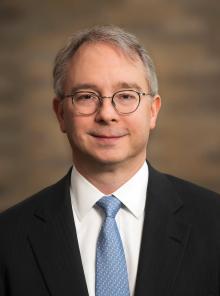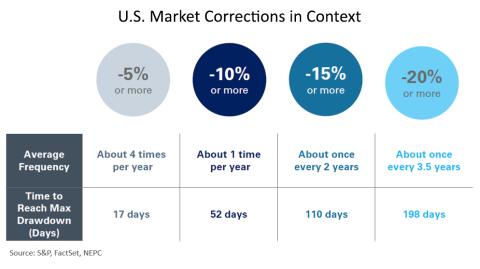If you have been following the news over the past year, you don’t need me to tell you the story of the financial markets of 2022. Severe market volatility was caused by a number of factors, including the continuing impact of the COVID-19 pandemic, geopolitical instability, and several interest rate hikes by the Federal Reserve in an attempt to control the highest inflation rates in the past four decades. Add in the challenge of a market environment with almost all asset classes experiencing negative returns without the diversification benefits that usually exist between equity and fixed income asset classes and it all adds up to a market environment unlike any in recent memory.
The tumultuous markets resulted in a preliminary return of -12.92% net of all fees for the Core Trust Fund and -17.82% net of all fees for the Variable Trust Fund. This was the first time since 2018 the trust funds experienced negative returns. Positive returns from our real estate and private equity portfolios, which returned 16.7% and 6.4%, respectively, helped offset some of the Core Trust Fund losses and highlighted the benefit of a fully diversified portfolio.
The good news is that strong absolute investment returns in three of the past four years will help mitigate the effects of 2022 trust fund investment performance on upcoming annuity adjustments, as well as lend stability to contribution rate changes in 2024.
While some of the challenges the financial markets faced in 2022 were unique, market corrections like the one we just experienced are, unfortunately, not. In fact, if you look at the S&P 500 from 1948 to the present, market corrections of -20% or more happen on average about once every 3.5 years while corrections of -15% or more occur on average about once every two years.
That market corrections are more frequent than we realize does little to diminish their impact, particularly on those living on a fixed income. And they further emphasize the importance of maintaining a fully funded pension system and implementing an investment strategy that can weather a variety of market climates. The fact that the WRS is fully funded means we do not have to chase every dollar of return as risk climbs.
As we move into 2023, there are, of course, no guarantees that performance will rebound. Many of the challenges the financial markets struggled with last year have carried over into the new year and some investors believe we have entered a low return environment where making money will remain challenging. However, as a long-term investor, SWIB is maintaining its disciplined process and sticking to fundamentals. And although many long-term investors may opt to sit back and continue to assess the shifting economic and market environment rather than take action or respond, we continue to employ an innovative investment strategy that can take advantage of opportunities during uncertain times. We will continue to identify situations when other investors are experiencing constraints of one sort or another, and we can step in to buy assets that are below their intrinsic value. This is the advantage SWIB has by being an agile asset manager that can leverage the expertise of experienced professionals to benefit the WRS trust funds.
You can hear more from Edwin on the January episode of The SWIB Podcast. Edwin will take a more in-depth look back at 2022 and glance forward to what we might expect in 2023. You can find all episodes of The SWIB Podcast at www.swib.state.wi.us/podcasts.

